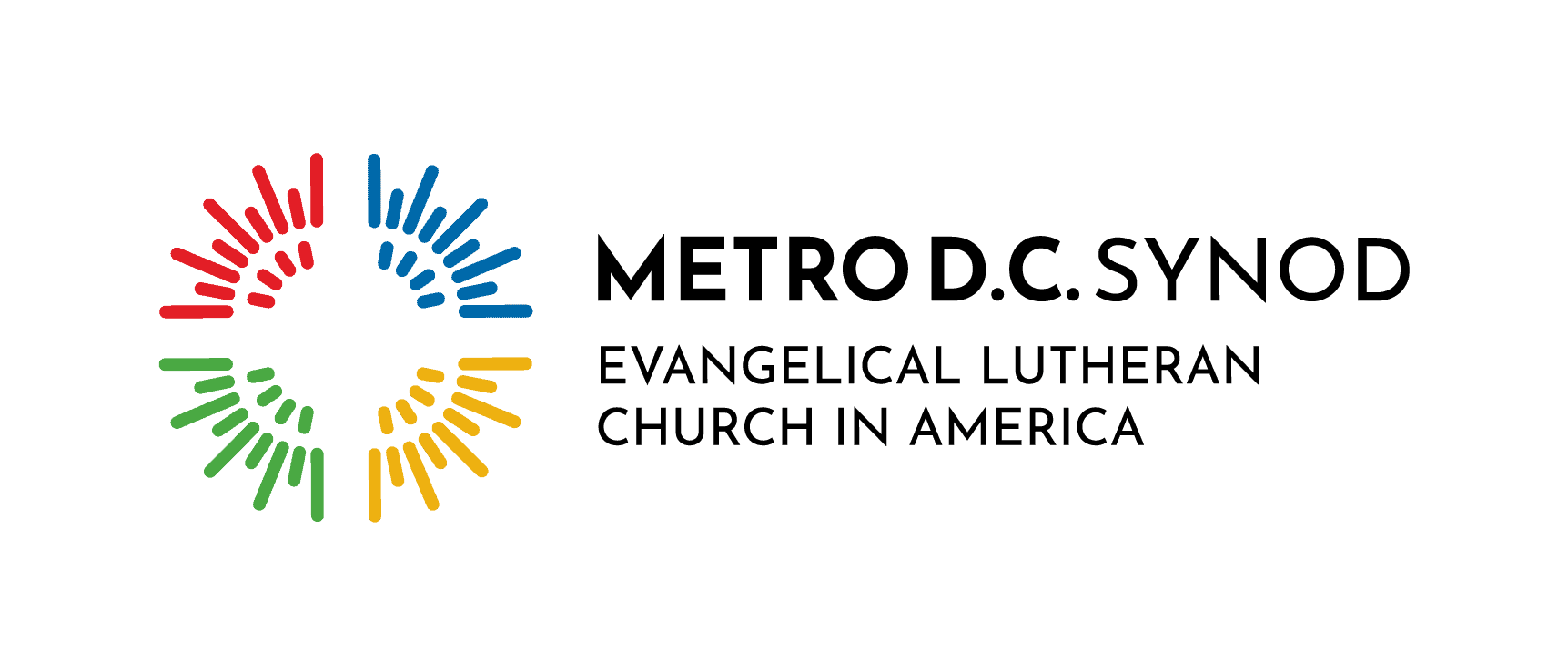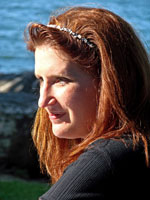From a cross, a dazzling light: The essence of Christ – Loving, selfless suffering and death for the life of the world

A MONTHLY MESSAGE FROM THE ELCA PRESIDING BISHOP*

Six days later, Jesus took with him Peter and James and his brother John and led them up a high mountain, by themselves. And he was transfigured before them, and his face shown like the sun, and his clothes became dazzling white.
**Matthew 17
The Transfiguration is a strange story—the mountain, the light, the appearance of Moses and Elijah, the utterly confounded disciples, the voice of God.** How do we make sense of this supernatural event? What does the Transfiguration of our Lord have to do with us? I confess that I couldn’t figure it out. So, when serving in the parish, I scheduled Youth Sunday on Transfiguration Sunday, thereby successfully avoiding preaching about it for years.
I have heard many sermons and have sung hymns that describe the awe of being in the radiant presence of Christ and the wonder of seeing the law and the prophets embodied by Moses and Elijah, that capture the desire of the disciples to remain on the mountain and then bid them and us to go back down to the plain. There is wisdom in that. But I never understood why Jesus was transfigured.
The story of the Transfiguration comes right after Jesus asked his disciples, “But who do you say I am?”; Peter’s confession of faith, “You are the Christ”; and Jesus making clear that the Christ would go to Jerusalem, suffer and be killed. This wasn’t well received by Peter. A suffering messiah? What would that accomplish? A dead messiah? How could such helplessness restore the kingdom to Israel? If they were going to take on Rome and its client-king Herod, it would be better to have a real demonstration of power.
It’s after Jesus tells his disciples about his coming passion that he takes this side trip up the mountain to confer with Moses and Elijah. Only in Luke do we hear what they were talking about: “Suddenly they saw two men, Moses and Elijah, talking to him. They appeared in glory and were speaking of his departure, which he was about to accomplish at Jerusalem” (Luke 9:30-31). This is the kernel of the gospel. All of Jesus’ preaching and teaching and healing, though important and precious to our faith, are secondary to God’s act of reconciliation accomplished by Christ on the cross. This is the essence of Christ: loving, selfless suffering and death for the life of the world.
Now the transfiguration makes sense. If Christ is the light of the world, the light no darkness can overcome, and if that light would blaze most clearly on the cross, it makes perfect sense that the radiant essence of Christ would break out on that mountain when Jesus was talking about his crucifixion.
That explains the Transfiguration, but what does it have to do with us?
Stephen Bouman, executive director for the ELCA Congregational and Synodical Mission unit and former bishop of the Metropolitan New York Synod, tells this story about one of the events of Sept. 11, 2001. A pastor in the synod also served as a chaplain to the fire department. The pastor saw the first plane hit and ran to the site. When he arrived the firefighters were putting on their gear. The pastor gathered them together, marked the cross on their foreheads with oil and prayed. Then the firefighters ran into the building. The people who survived said they could see the crosses shining on the firefighters’ foreheads. The firefighters were transfigured. In that great darkness and suffering the light of Christ appeared.
In baptism we have been marked with the cross of Christ. We are redeemed by the suffering and dying messiah and now participate in Christ’s resurrection. And we are sent into the dark places of the world. Through our weakness the glory of Christ is revealed to a broken and hurting world. The light of the cross shines on our foreheads.
The Transfiguration is celebrated on the Sunday before Lent, March 2 this year. May the light of Christ be our guide on our Lenten journey. May it grow brighter as we approach the cross. And may we, joined with the death and resurrection of Christ through baptism, be light for the world.
The Rev. Elizabeth A. Eaton
Presiding Bishop
Evangelical Lutheran Church in America
This column originally appeared in the March 2014 issue of The Lutheran magazine. Reprinted with permission.



